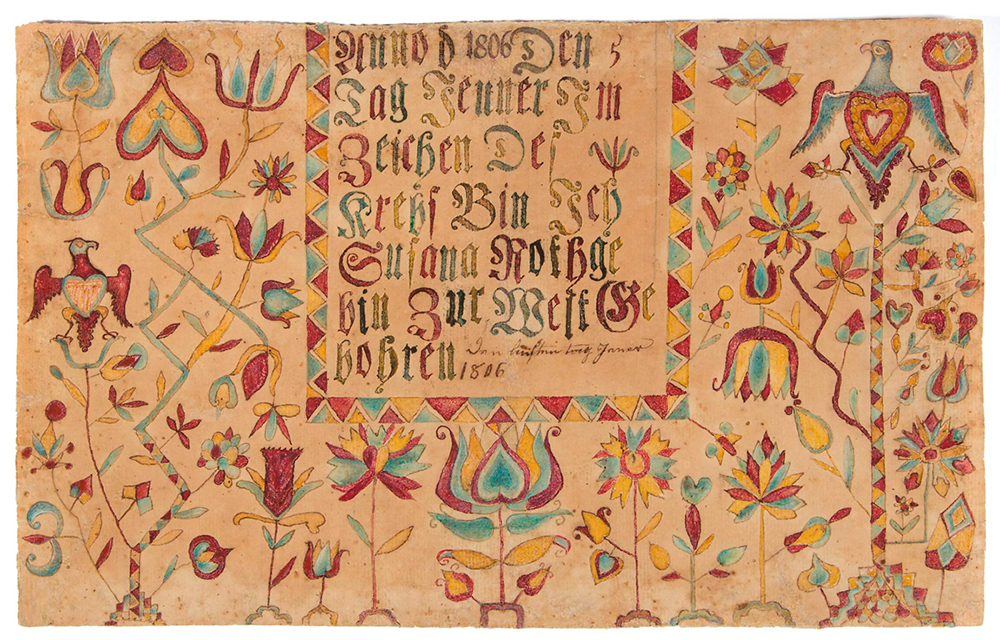I was in my late 20s when I stumbled across Stephen Mitchell's translation of Rainer Maria Rilke's Letters To A Young Poet in a downtown Philadelphia bookstore. I had never read him before, or even had heard of him. Soon after I started to read his poetry. I read his Duino Elegies while sitting on cliffs overlooking the ocean in Maine.
The creature gazes into openness with all
its eyes. But our eyes are
as if they were reversed, and surround it,
everywhere, like barriers against its free passage.
We know what is outside us from the animal’s
face alone: since we already turn
the young child round and make it look
backwards at what is settled, not that openness
that is so deep in the animal’s vision. Free from death.
We alone see that: the free creature
has its progress always behind it,
and God before it, and when it moves, it moves
in eternity, as streams do.
We never have pure space in front of us,
not for a single day, such as flowers open
endlessly into. Always there is world,
and never the Nowhere without the Not: the pure,
unwatched-over, that one breathes and
endlessly knows, without craving.
Generations of aspiring writers have turned to Rilke's letters. But what I most found in them was advice on how to LIVE. Most importantly, how to accept the unknown and the frightening things in life as part of life. He said that the things we encounter are not external threats, but arise from our inner selves and are part of ourselves. So we should not be frightened. If we trust the process we will live into the answers. "Life is right, in any case."
I loved his advice to turn to one's childhood as a creative source. Because of this advice I wrote several poems about childhood memories.
"And if you were in some prison the walls of which let none of the sounds of the world come to your senses—would you not then still have your childhood, that precious, kingly possesion, that treasure-house of memories? Turn your attention thither."
When I included an open book on my Album quilt I thought long on what to write on it. I finally chose these lines from the Eighth Elegy. Having moved when young I found myself for years looking backwards. Homesickness has been a part of my life every since.
Who has turned us round like this, so that,
whatever we do, we always have the aspect
of one who leaves? Just as they
will turn, stop, linger, for one last time,
on the last hill, that shows them all their valley - ,
so we live, and are always taking leave.
You can read the first letter at
http://www.lettersofnote.com/2012/07/letter-to-young-poet.htmlFrom Open Culture, Dennis Hopper reading from the first letter:
http://www.openculture.com/2013/03/dennis_hopper_reads_from_rainer_maria_rilkes_timeless_guide_to_creativity_iletters_to_a_young_poeti.html





















